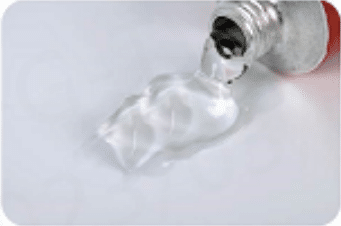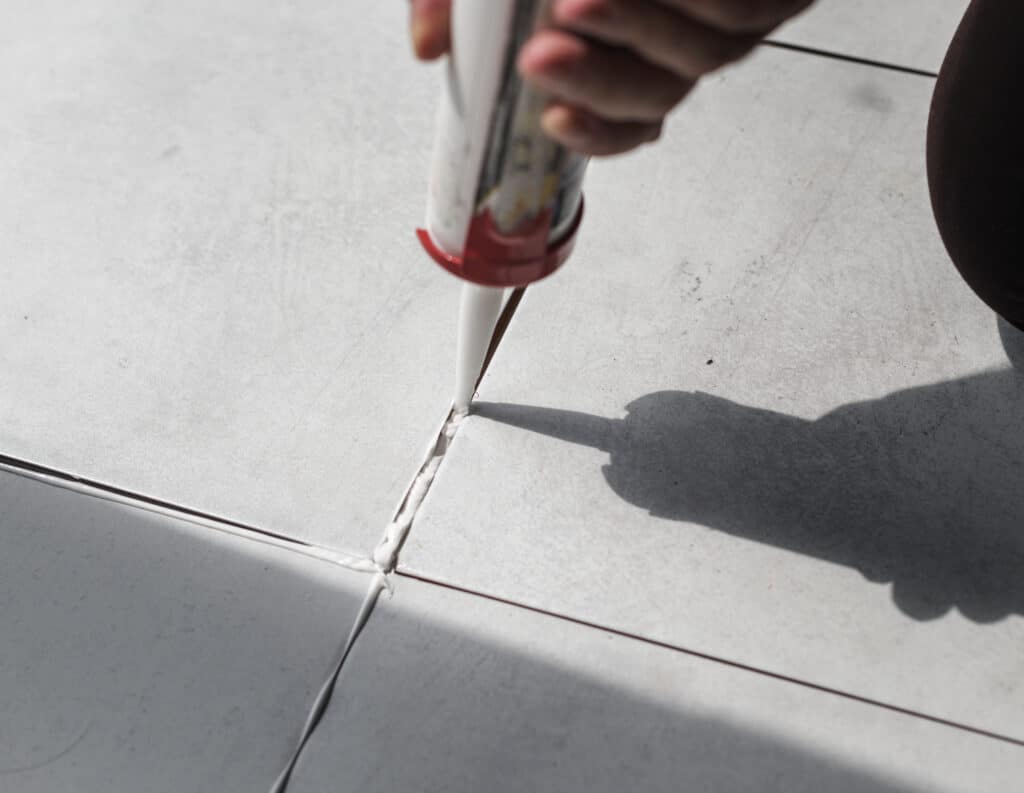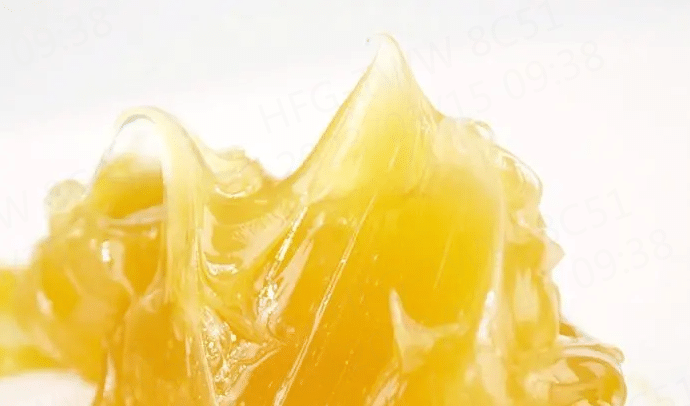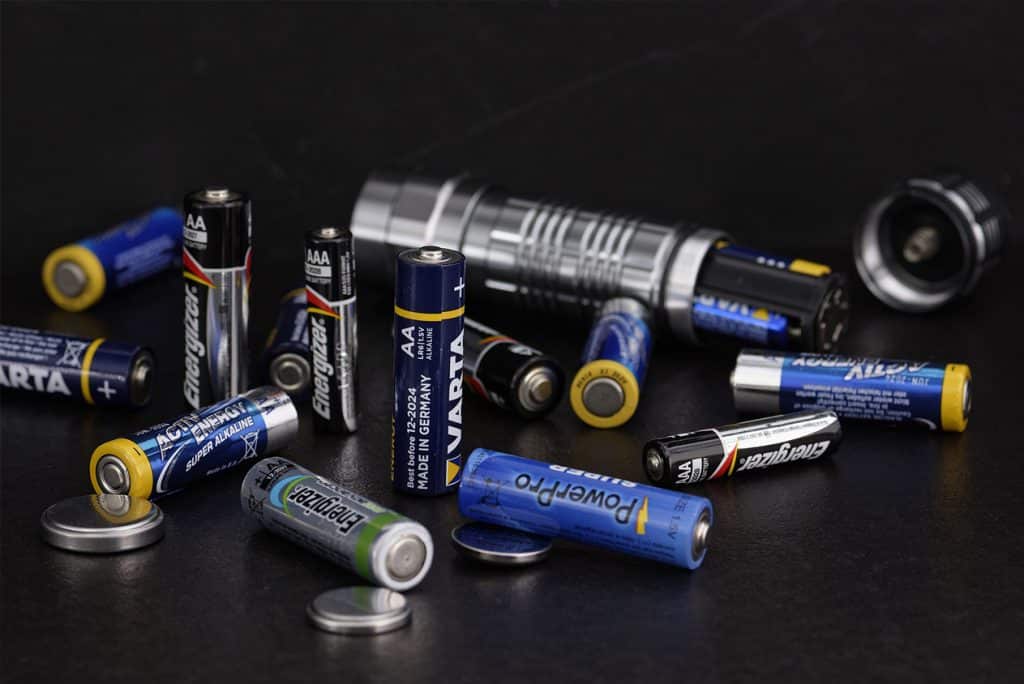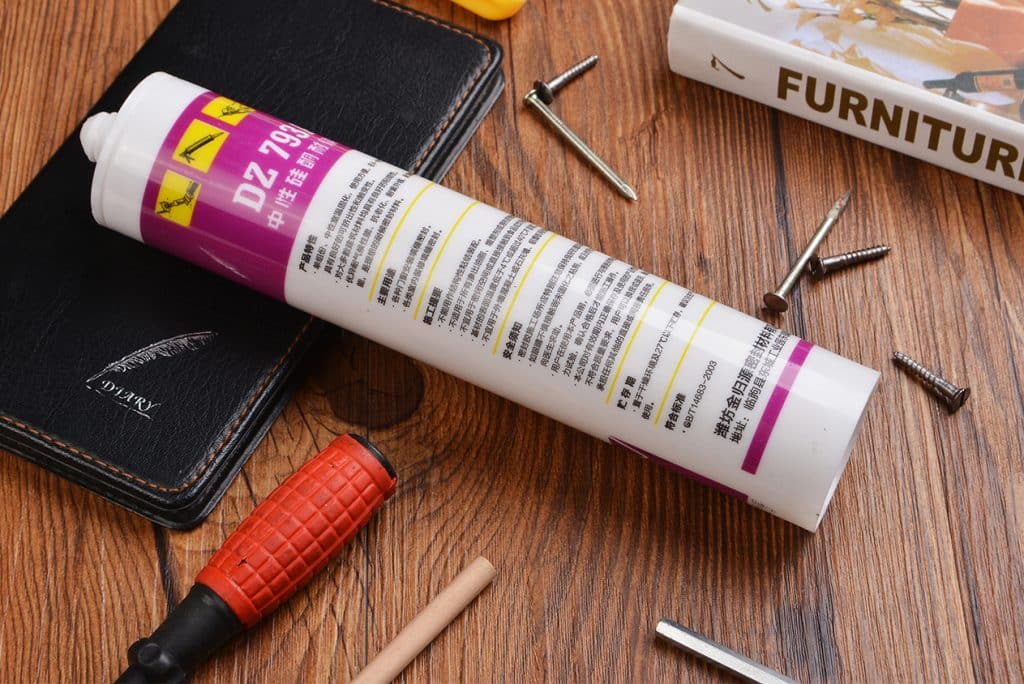Fumed silica, also known as pyrogenic silica or colloidal silica, is a versatile and essential ingredient in a wide range of applications, including its use in resin systems. It is an amorphous, ultra-fine, and highly pure form of silicon dioxide (SiO2) that is produced through a flame hydrolysis process. This unique structure and properties make fumed silica an ideal choice for resin applications.
Fumed Silica in Resin Applications: Functionalities and Roles
Reinforcement
The high surface area of fumed silica provides a large number of bonding sites between the silica particles and the polymer matrix, which can enhance the load transfer and stress distribution within the resin system.
By integrating fumed silica, the mechanical strength of resins increases, allowing for enhanced tensile strength, impact resistance, and durability. Study shows that the incorporation of 3 wt.% fumed silica into epoxy resins can increase tensile strength by approximately 20%.
Related reading: How to Calculate Specific Surface Area of Fumed Silica
Thickening and Thixotropy
Fumed silica can act as a thickening agent in resin formulations by increasing their viscosity and imparting a thixotropic behavior. Thixotropy, the property of fluids to become less viscous under stress, is crucial for flow control, anti-sagging, and anti-settling. This can improve the ease of handling and application of the resin, as well as prevent sagging or dripping during curing.
Thermal Stability
The incorporation of fumed silica into resin systems can also contribute to improved thermal stability. Fumed silica restrains the movement of cured molecular chain, and improves the heating temperature threshold of resins. This is particularly important in applications where the final product is exposed to high temperatures. Adding 5 wt.% fumed silica to epoxy resins can increase the glass transition temperature (Tg) by 10-15°C, thereby enhancing the resin’s thermal stability.
Anti-settling and Anti-sagging
Fumed silica can prevent the settling and sagging of pigments, fillers, or other solid additives in resin systems, By incorporating fumed silica, resins exhibit better resistance to settling during storage and reduced sagging when applied to vertical surfaces.
Anti-Aging
Fumed silica can help reflect Ultraviolet/ UV, prevent resins from degradation. By improving the resin’s mechanical and thermal stability, fumed silica can slow down the aging process and extend the material’s lifespan. For example, the addition of 5 wt.% fumed silica to polyurethane resins can increase the resistance to ultraviolet (UV) degradation by up to 30%.
Transparency
Fumed silica can help maintain transparency in clear resin systems due to its ultra-fine particle size and amorphous structure. The refractive index of fumed silica (1.46) is close to that of many resin systems, minimizing the scattering of light and preserving transparency.
These characteristics make fumed silica an indispensable additive in various resin systems, such as epoxy, polyester, polyurethane, and acrylic resins.
Fumed Silica Grade Recommendation for Resin
Fumed Silica for Epoxy Resins
In epoxy resin composite materials modified by fumed silica, fumed silica is mainly distributed in the chain of polymer materials. Due to its highly porous property, large surface area and surface oxygen deficiency, fumed silica exhibits highly strong activity, allowing it easily react with the oxygen of the cyclic molecules of epoxy resin to improve its mechanical strength. Meanwhile, some fumed silica particles distribute in the gaps of polymer chains, and these nanometer-sized particles have high flow ability, which greatly improves the toughness and ductility of resin-based composite materials.
| PRODUCT | CATEGORY | SSA(BET) | TREAT | TDS | SDS/MSDS |
|---|---|---|---|---|---|
| HB-139 | Hydrophobic Fumed Silica | 110 ㎡/g | PDMS-Treated | Download | Download |
| HB-630 | Hydrophobic Fumed Silica | 330 ㎡/g | HMDS-Treated | Download | Download |
Related Reading:
No posts
Fumed Silica for Acrylic Resin
Acrylic resins, a broad category encompassing polymers derived from acrylic acid, methacrylic acid, and their derivatives, are widely employed in numerous industries. These industries include screen printing inks, general plastic coatings and inks, metal and ship coatings, paper and wood coatings, and architectural coatings.
Fumed silica, particularly hydrophobically modified variants, is extensively utilized in acrylic resin applications. Its incorporation imparts the resin with superior thixotropic properties and anti-sagging performance. Additionally, fumed silica contributes to the enhancement of reinforcement, anti-settling, and dispersion characteristics within the resin system.
| PRODUCT | CATEGORY | SSA(BET) | TREAT | TDS | SDS/MSDS |
|---|---|---|---|---|---|
| HL-200 | Hydrophilic Fumed Silica | 200 ㎡/g | / | Download | Download |
| HB-151 | Hydrophobic Fumed Silica | 120 ㎡/g | DDS-Treated | Download | Download |
| HB-152 | Hydrophobic Fumed Silica | 170 ㎡/g | DDS-Treated | Download | Download |
Fumed Silica for Unsaturated Polyester Resins (UPR)
Fumed silica serves as an exceptional thickening agent for unsaturated polyester resins (UPR). By controlling the viscosity of UPR systems, fumed silica enables the achievement of optimal thixotropic performance. Thixotropy, the property of fluids to become less viscous under stress, is crucial for maintaining flow control, preventing sagging, and ensuring proper application characteristics.
The addition of fumed silica to unsaturated polyester resins not only contributes to viscosity control and thixotropic properties but also offers a range of other benefits. These benefits include improved mechanical strength, enhanced thermal stability, increased adhesion to various substrates, and better filler dispersion. These advantages make fumed silica a valuable additive for UPR systems, resulting in higher performance and versatility across various applications, such as automotive components, construction materials, marine products, and electrical components.
| PRODUCT | CATEGORY | SSA(BET) | TREAT | TDS | SDS/MSDS |
|---|---|---|---|---|---|
| HL-200 | Hydrophilic Fumed Silica | 200 ㎡/g | / | Download | Download |
| HL-300 | Hydrophilic Fumed Silica | 300 ㎡/g | / | Download | Download |

